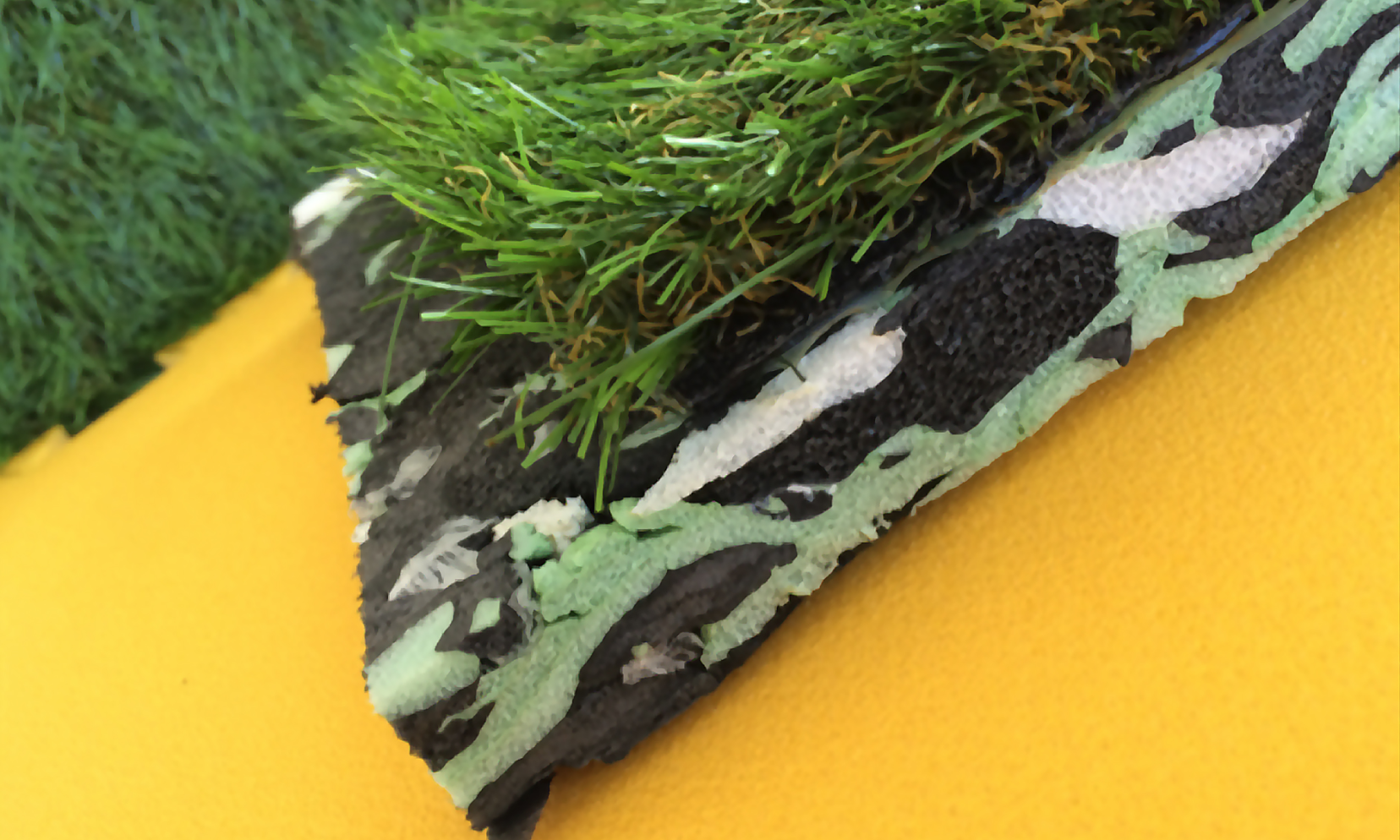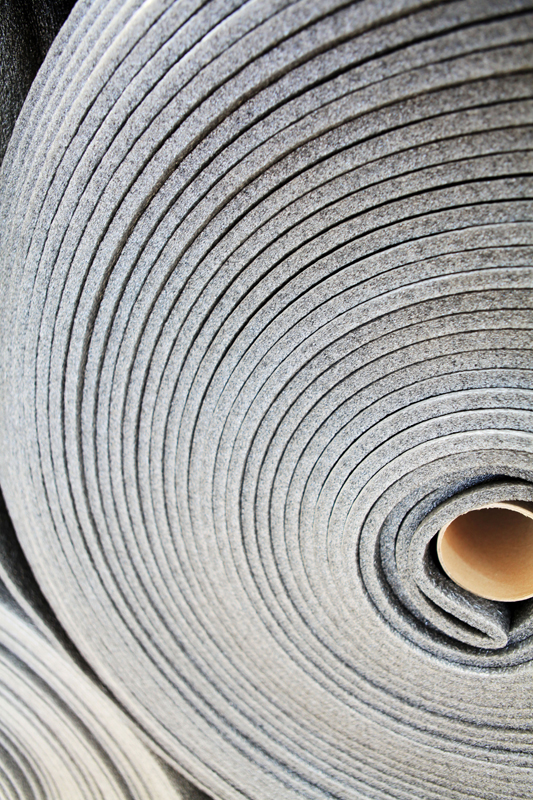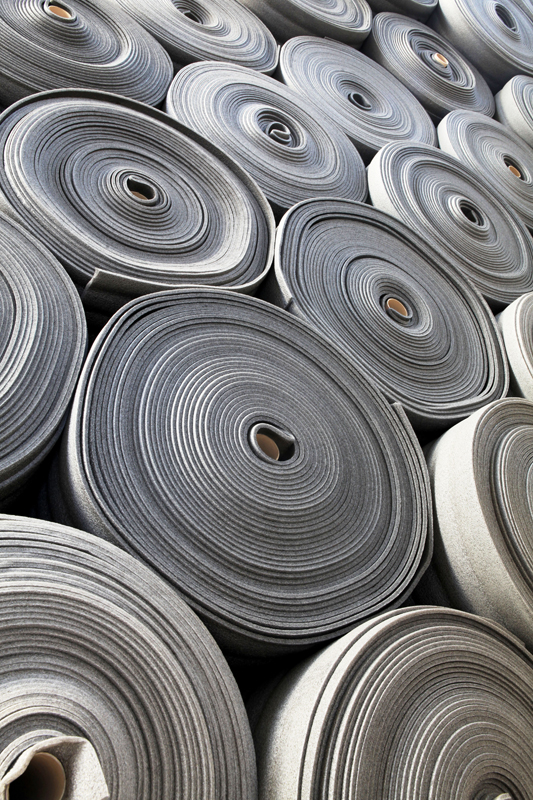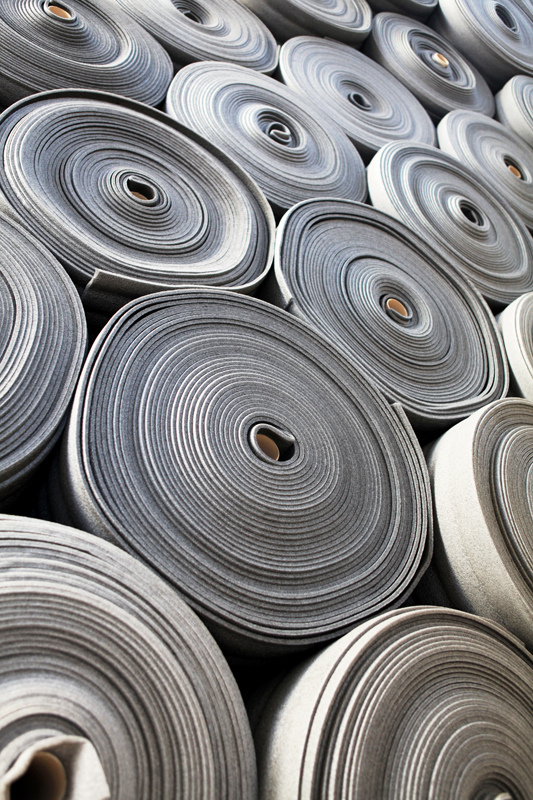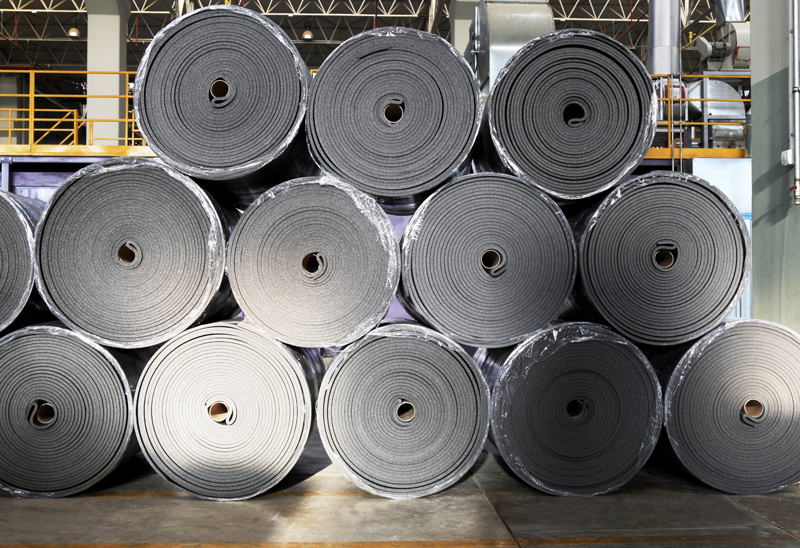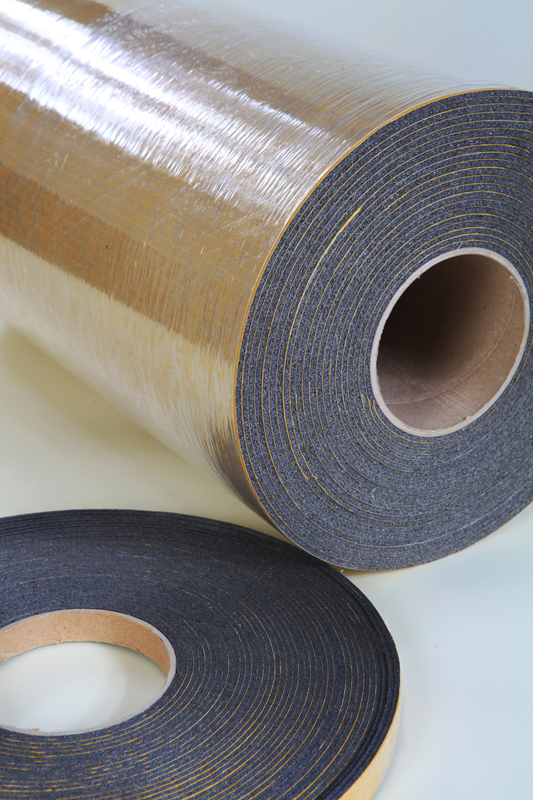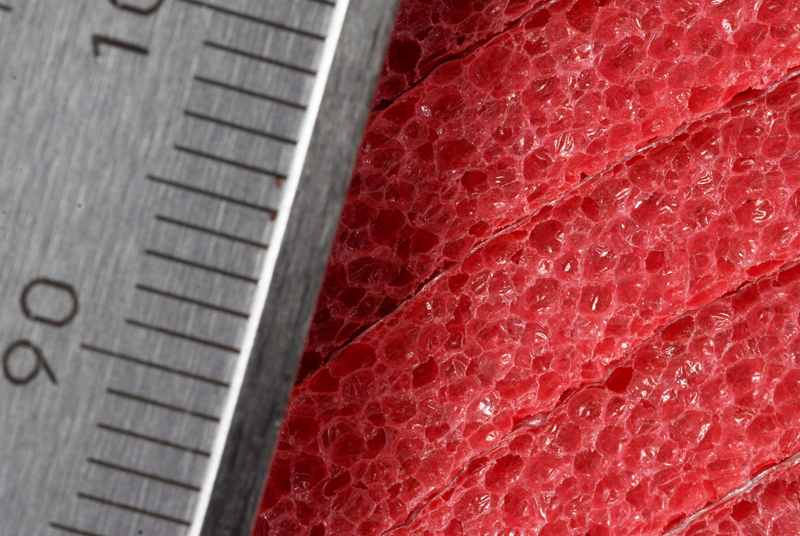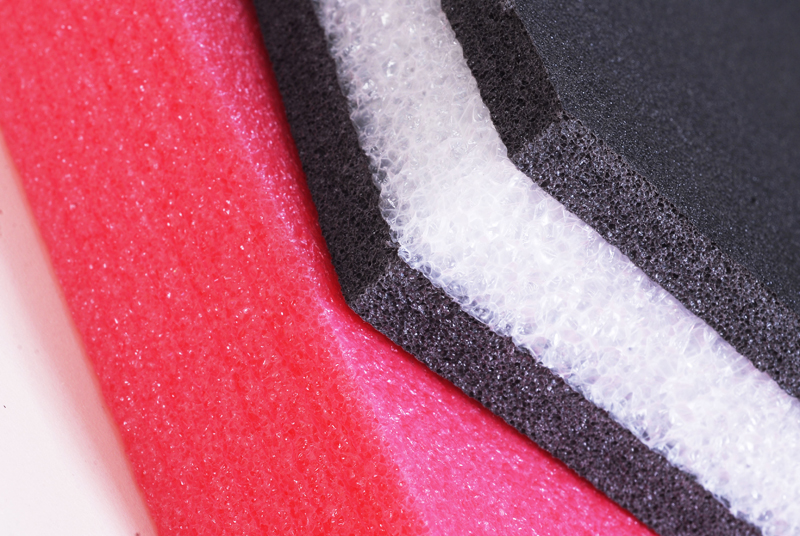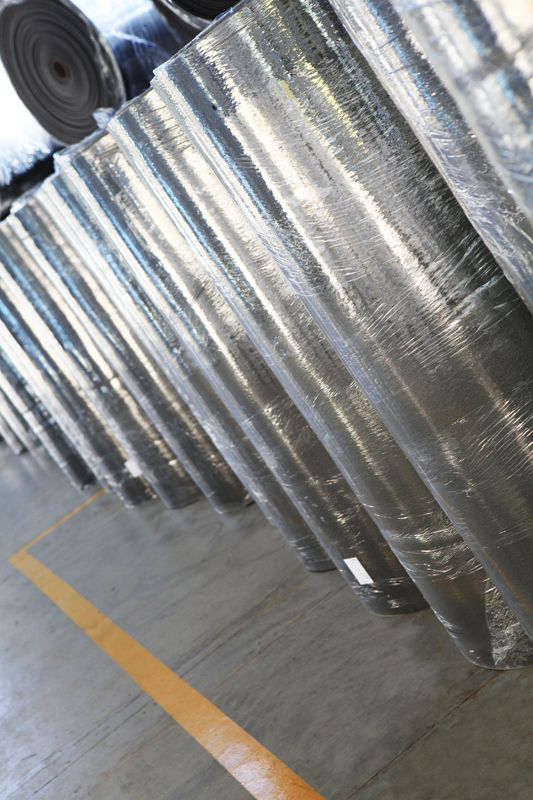Discovering the Art of Insulation 😊
Hi there!
Over the years, I’ve experimented with different methods to keep my home warm during winter and cool during summer. One material that has truly transformed my approach to insulation is foam – specifically, the innovative world of physical and chemical foams. In my quest for energy efficiency, I discovered that not all foams are created equal. In fact, there is a fascinating difference between polyethylene foam (often known as pe foam) and the more advanced types, such as physically cross linked polyethylene foam and chemically cross linked polyethylene foam. Today, I’m thrilled to share with you exactly how to insulate properly using both physical and chemical foams – along with my personal tips, comparison examples, and even a handy table that puts it all into perspective. Let’s jump in! 😊
Understanding the Basics of Foam Insulation
Insulation is key to a comfortable and energy-efficient home. I’ve learned that by using foam, you can greatly reduce heat loss in the winter and keep the indoor temperature stable during summer. At its core, insulation works by minimizing the transfer of heat between the inside and outside of your house. This is where our two main types of foam come into play: physical foams and chemical foams.
Polyethylene foam and its variant, often referred to as pe foam, have been my go-to materials for many projects. They are lightweight, versatile, and easy to work with – perfect for DIY home insulation. 😊
Physical Foams for Insulation
Physical foams are created by incorporating a gas into a polymer melt under high pressure. When the pressure drops, the gas expands and forms a cellular structure that traps air. The result is an excellent insulator – a natural barrier against heat transfer. I remember a project where I used physical foam to insulate my attic; the transformation was impressive, leading to a more stable indoor temperature and noticeably lower energy bills.
What I love about physical foams is their robustness and ease of installation. Their open and flexible structure makes them adaptable to various surfaces and shapes. This type of foam, particularly physically cross linked polyethylene foam, is known for its durability and resilience under stress. It can withstand the sometimes harsh conditions of an attic or basement without losing its insulating properties.
Chemical Foams for Optimal Insulation
In contrast, chemical foams are produced by mixing a polymer with a chemical blowing agent. When heated, the blowing agent decomposes and releases gas, resulting in the formation of a foam with a highly uniform cellular structure. This type, especially chemically cross linked polyethylene foam, delivers a smoother finish and exceptional insulation properties.
Personally, I discovered that chemical foams perform exceptionally well in applications that call for a refined finish and precise insulation control. They offer a high R-value per inch, meaning that even a thin layer can provide excellent thermal resistance. I experimented with chemical foam in a wall upgrade and was amazed at how little energy was needed to maintain a comfortable interior. It’s truly like wrapping your home in a warm, efficient blanket! 😊
Comparing Physical and Chemical Foams
To fully appreciate these techniques, it’s useful to compare their properties side-by-side. Below is a table summarizing the key differences:
| Attribute | Physical Foams | Chemical Foams |
|---|---|---|
| Production Process | Gas injection under high pressure; forms open, adaptable cells | Chemical blowing agent decomposes; results in a uniform, closed-cell structure |
| Insulation Performance | Excellent thermal resistance; highly durable | Superior R-value per inch; refined finish |
| Application Ease | Flexible and easy to install in irregular spaces | Requires precise application but offers a smooth end result |
| Durability | High resistance to physical wear and environmental stress | Very stable under controlled conditions; optimal surface quality |
My Personal Journey of Insulation Success
I’ve always been thrilled by the challenge of reducing energy costs while enhancing home comfort. My first foray into foam insulation was both a learning experience and a delightful surprise. After installing polyethylene foam in the attic and walls, I immediately noticed a stabilization in temperature and lower monthly energy bills. It was as if my home had gained a superpower – the ability to maintain warmth during the coldest days and remain refreshingly cool on hot ones.
I also experimented with pe foam in smaller projects, such as insulating a garage and even lining window sills to prevent drafts. Each project reinforced my belief that proper insulation not only increases comfort but also contributes to significant cost savings over time. 😊
Tips for Proper Insulation Using Foams
Based on my experience, here are some actionable tips for insulating properly with both physical and chemical foams:
- Plan your layout carefully before starting – measure your spaces and order the required amount of polyethylene foam accordingly.
- For irregular surfaces, physical foam is superb because of its flexible nature.
- If you’re aiming for a clean, highly insulated finish, consider using chemical foam to achieve a closed-cell structure with a high R-value.
- Always ensure that surfaces are dry and clean before applying foam; this improves adhesion and overall performance.
- Wear protective gear – safety always comes first when handling insulation materials! 😊
Integrating Sustainable Practices
An added bonus of using these insulating foams is their contribution to environmental sustainability. Both polyethylene foam and its variant pe foam are designed to last, meaning fewer replacements and less waste over time. Additionally, many manufacturers are now focusing on recycling and eco-friendly production processes. This means that by insulating your home with foam, you’re not only saving money on energy but also contributing to a healthier planet. It’s a win-win! 😊
The Future of Foam Insulation
In the realm of insulation, constant innovation is the key to a more efficient, cost-effective, and sustainable future. As digital manufacturing techniques improve and new blends of polyethylene foam emerge, the gap between traditional physical foams and cutting-edge chemical foams will continue to narrow. I’m excited to see breakthroughs that combine the best of both worlds – offering flexibility, strength, and extremely high thermal performance.
With evolving research and growing market demand, professionals are testing hybrid applications that use both physically cross linked polyethylene foam and chemically cross linked polyethylene foam to deliver even more robust insulation. These innovations promise not only better energy efficiency but also a longer lifespan for the insulation – which ultimately means even more savings! 😊
Location Insight: Explore Where It All Begins
For those interested in the heart of insulated foam technology, I recently visited one of the leading manufacturing facilities. Watching experts at work in a state-of-the-art plant truly reinforced why these materials perform so brilliantly. To get a glimpse of the innovation in action, check out the location on Google Maps below:
Conclusion: Achieve Superior Insulation and Save Big! 😊👍
In conclusion, insulating properly with both physical and chemical foams can drastically improve your home’s energy efficiency, lower utility bills, and add a touch of modern innovation to your space. Whether you choose the resilient nature of a physical foam or the refined, high R-value of chemical foam, the key is to understand the benefits of each and apply them where they work best.
My personal journey with insulation has taught me that careful planning, quality materials (like pe foam), and a willingness to experiment are the secrets to creating an energy-efficient home. So go ahead, give your living space the upgrade it deserves – and enjoy the savings and comfort that come with it. Thank you for reading, and here’s to a warmer, more efficient future! 😊


